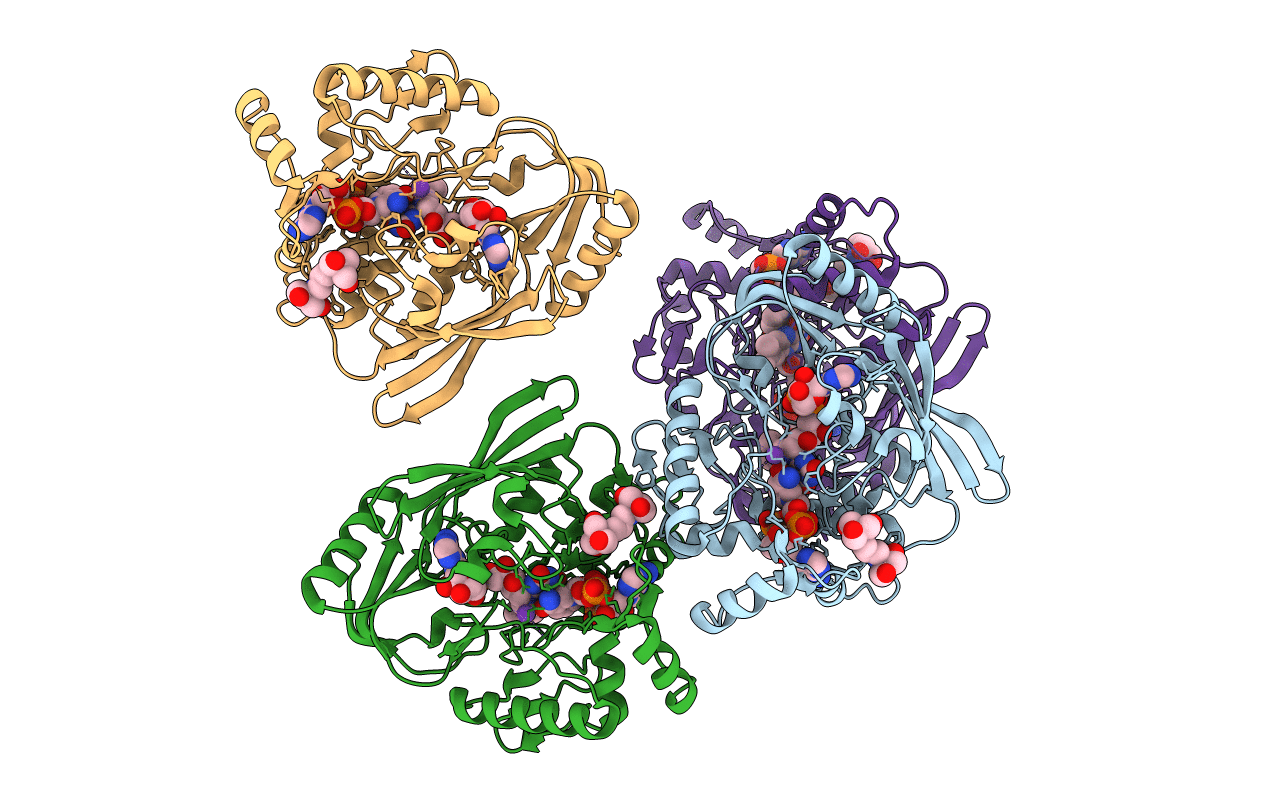
Deposition Date
2013-02-19
Release Date
2013-07-17
Last Version Date
2023-09-20
Entry Detail
PDB ID:
4JAY
Keywords:
Title:
Crystal structure of P. aeruginosa MurB in complex with NADP+
Biological Source:
Source Organism:
Pseudomonas aeruginosa (Taxon ID: 208964)
Host Organism:
Method Details:
Experimental Method:
Resolution:
2.23 Å
R-Value Free:
0.25
R-Value Work:
0.22
R-Value Observed:
0.22
Space Group:
C 1 2 1


